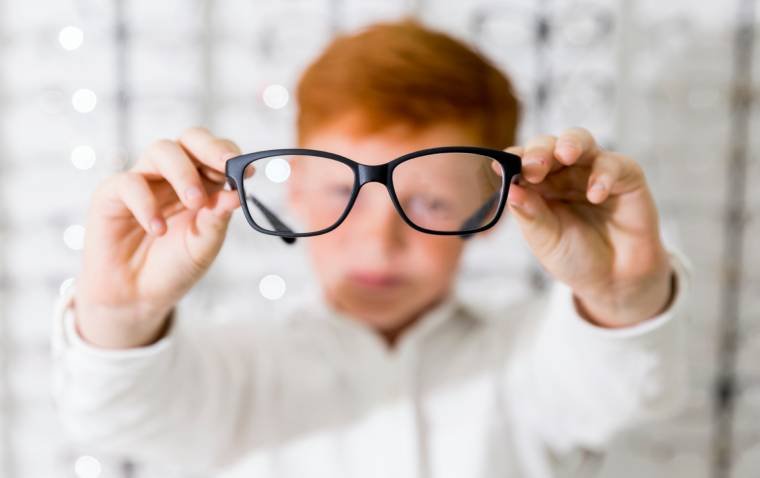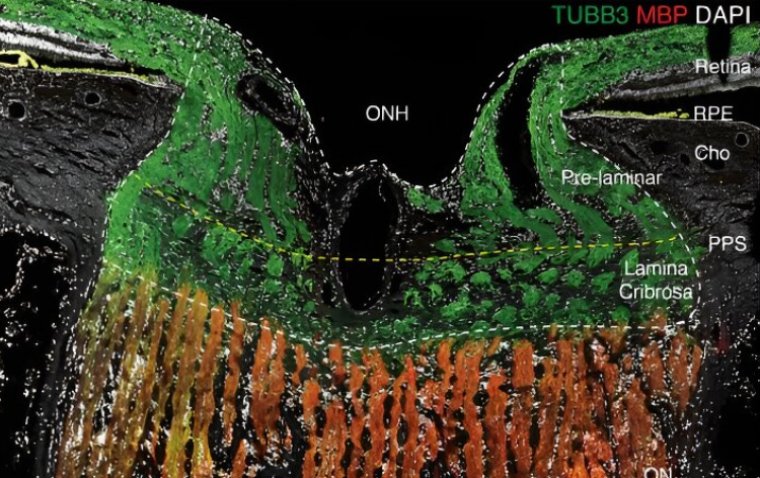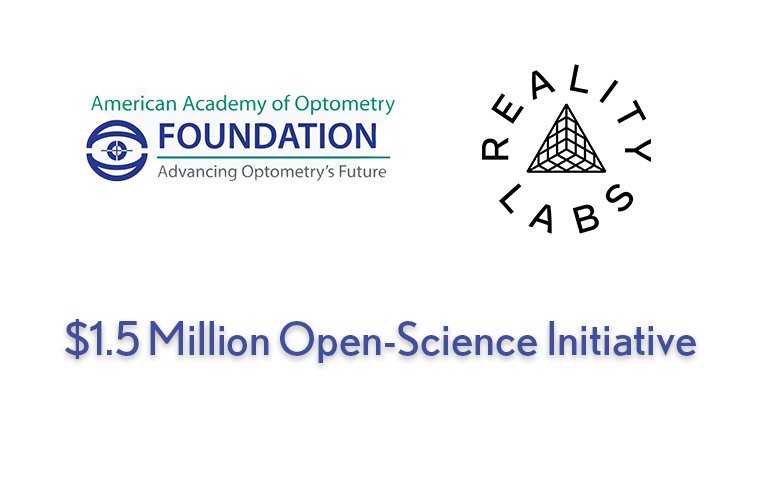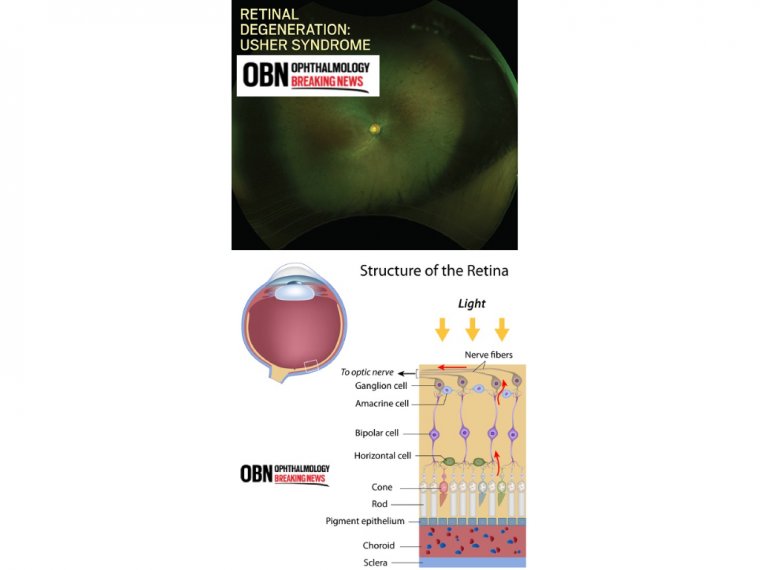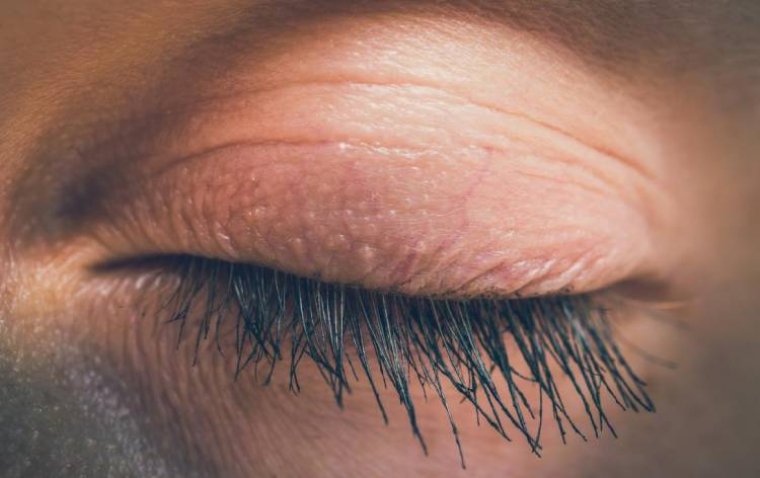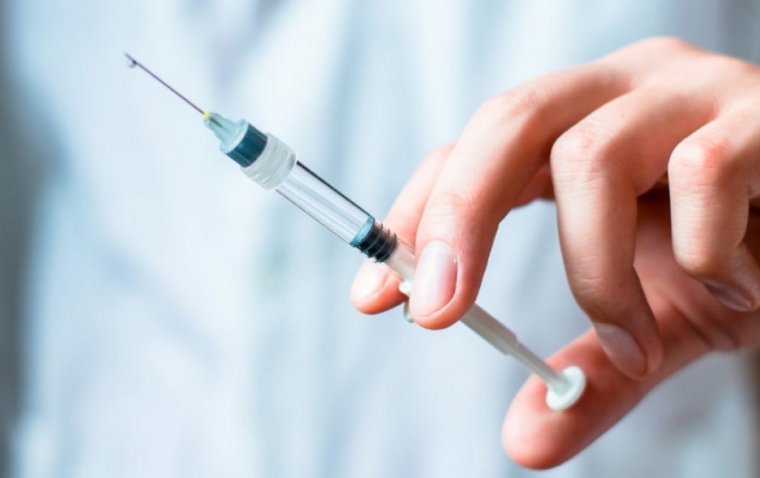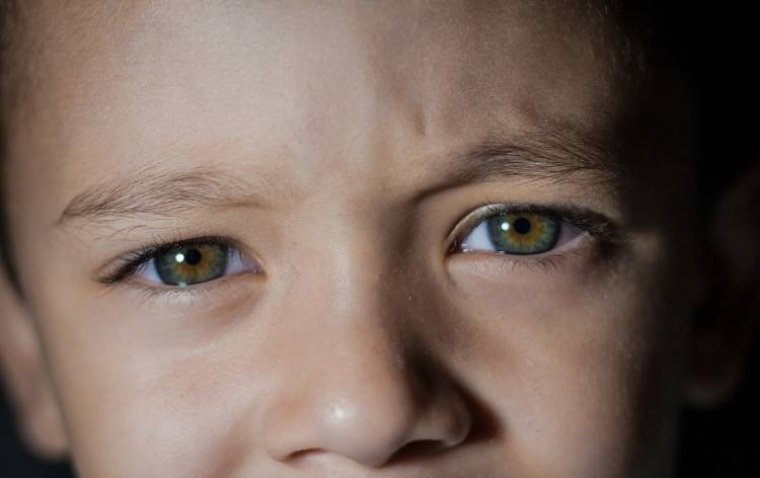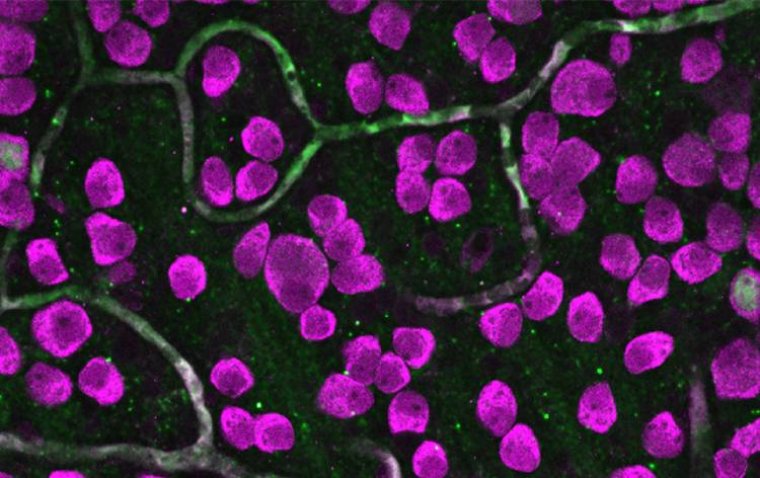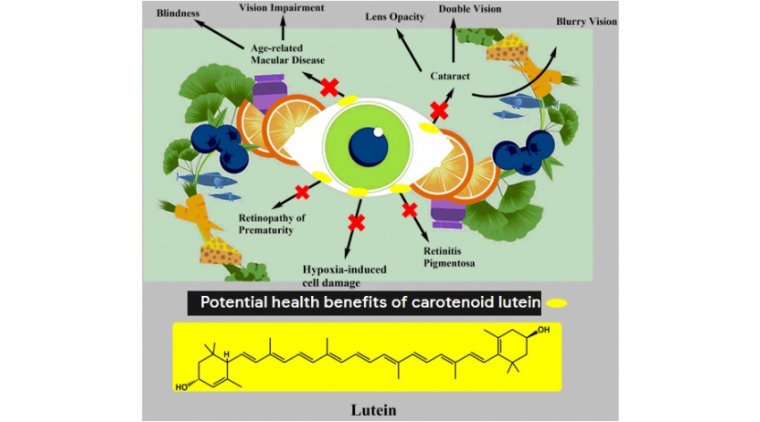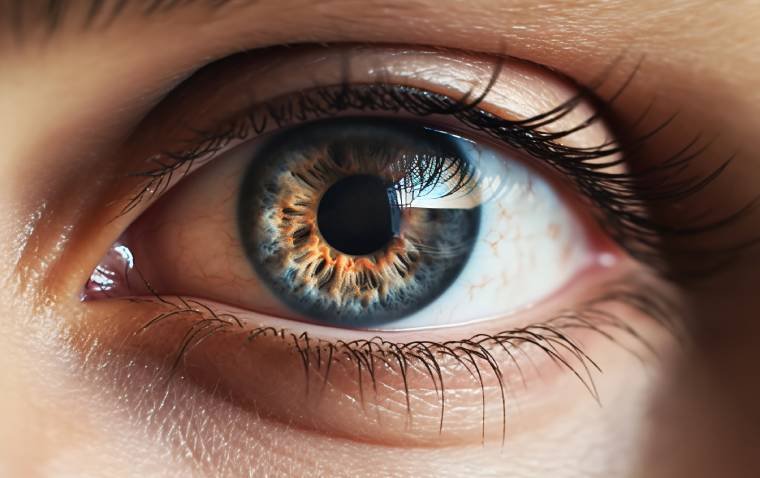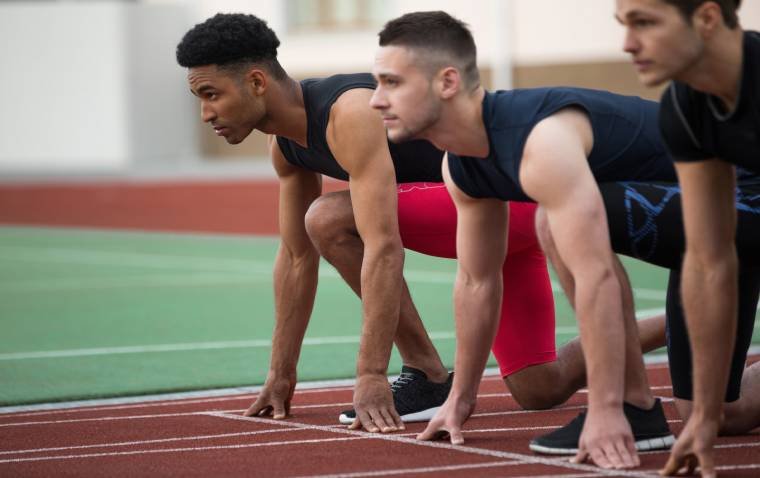
Visual Resistance Training Enhances Reaction Times in Athletes
A groundbreaking study by researchers from Europe and the United States has revealed that light-based manipulation of visual processing can significantly enhance visual and visuomotor abilities in professional soccer players. Using the Okkulo system, a novel technology designed to slow down visual processing speed, the six-week training intervention demonstrated measurable improvements in critical athletic skills.
Importance of Visual and Visuomotor Skills in Sports
Athletic performance, particularly in sports like soccer, depends heavily on visual and visuomotor abilities—the capacity to make rapid decisions and execute precise physical movements in dynamic environments. While previous studies have shown that athletes outperform non-athletes in these areas, the new findings suggest that visual resistance training can further enhance these abilities.
The Okkulo System: A Novel Training Approach
The Okkulo system leverages the natural adaptation of the visual system to reduced light. By slowing photoreceptor processing speed during training, it improves response times when players return to normal lighting conditions. This method functions as a form of visual resistance training, akin to how runners use sprint parachutes to improve speed.
Study Design and Methods
The study, titled "Light-based manipulation of visual processing speed during soccer-specific training has a positive impact on visual and visuomotor abilities in professional soccer players," was published in Ophthalmic and Physiological Optics.
• Participants: 24 professional soccer players, aged 18 to 30, were randomly divided into two groups:
- Intervention group: Trained twice weekly under Okkulo-specific reduced-light conditions.
- Control group: Performed identical soccer drills under normal lighting.
• Lighting Conditions: The Okkulo system used various wavelengths (blue, green, red, and ultraviolet-like light) to slow visual processing.
• Assessments: Visual and visuomotor abilities were measured using the COI-Sport Vision software before and after the intervention.
Key Findings
The intervention group showed significant improvements compared to the control group:
• Dynamic Visual Acuity:
- 8.4% improvement in identifying moving targets.
• Recognition Time:
- Improved by 46.1% (from 70.9 ms to 38.2 ms).
• Sensory Reaction Time:
- Decreased by 17.2% (from 439.7 ms to 364.1 ms).
• Motor Reaction Time:
- Dropped by 30.7% (from 255.8 ms to 177.3 ms).
• Peripheral Identification:
- Increased by 10.9% in accuracy and speed.
• Stereopsis and Anticipation:
- Showed numerical improvement in depth perception and trajectory prediction, though not statistically significant.
Implications for Athletic Training
The study demonstrates that reduced-light training with the Okkulo system can enhance crucial visual and visuomotor skills, potentially giving athletes an edge in competitive sports.
While it may be premature to adopt reduced-light training universally, incorporating light-based visual training into elite athletes' routines could provide a measurable advantage by refining reaction times and decision-making abilities.
Conclusion
This innovative approach to visual resistance training has the potential to revolutionize athletic preparation, offering athletes critical milliseconds that can make a difference in high-stakes situations. The Okkulo system’s promising results open new possibilities for integrating advanced visual training methods into the regimens of professional sports teams.
Reference:
Patricia Rodrigues et al, Light‐based manipulation of visual processing speed during soccer‐specific training has a positive impact on visual and visuomotor abilities in professional soccer players, Ophthalmic and Physiological Optics (2024). DOI: 10.1111/opo.13423
(1).jpg)
